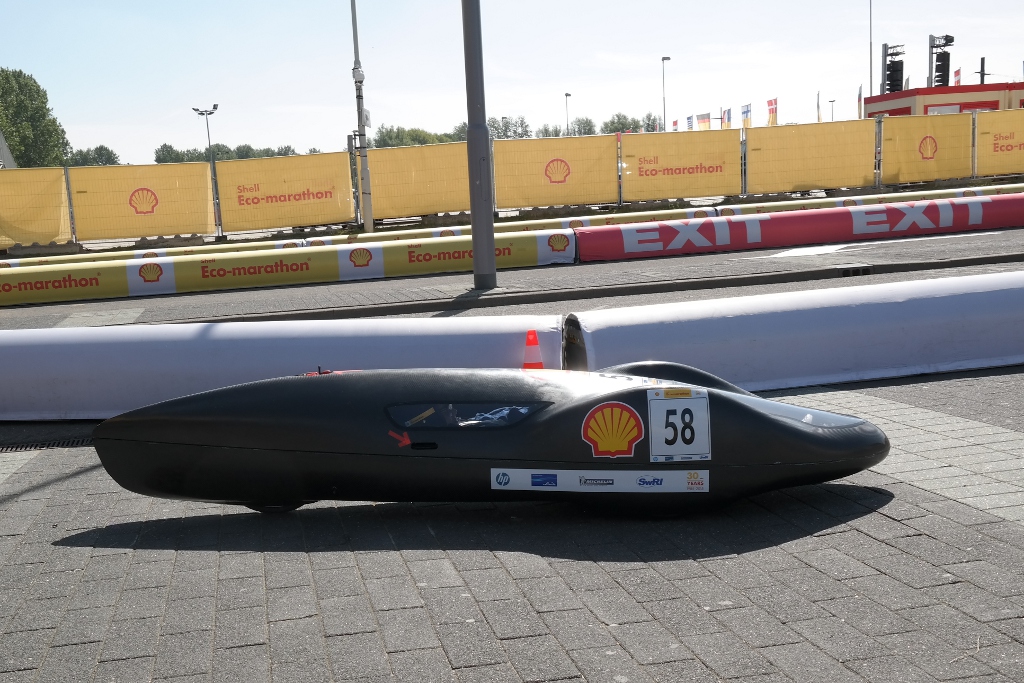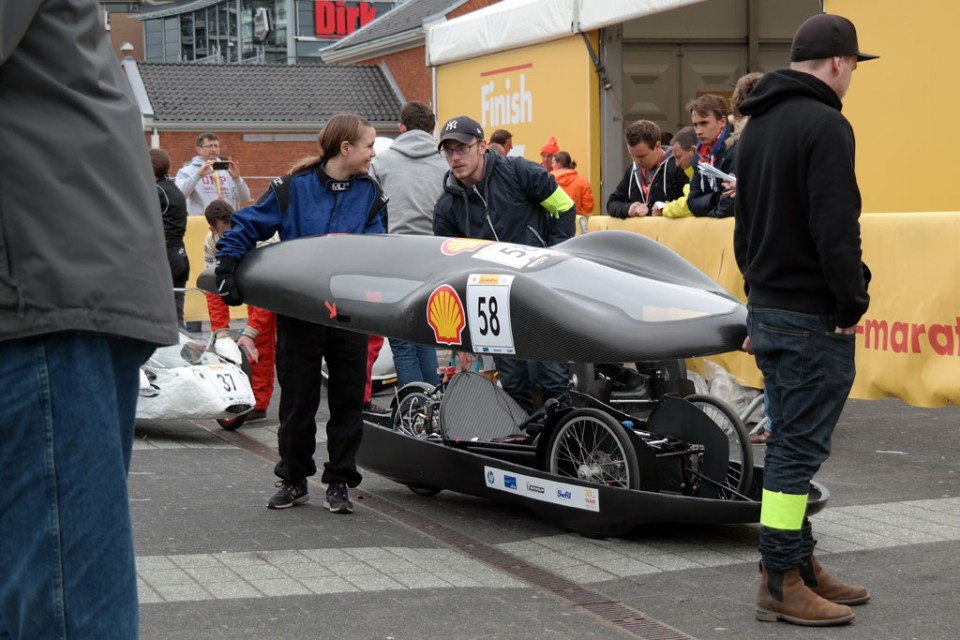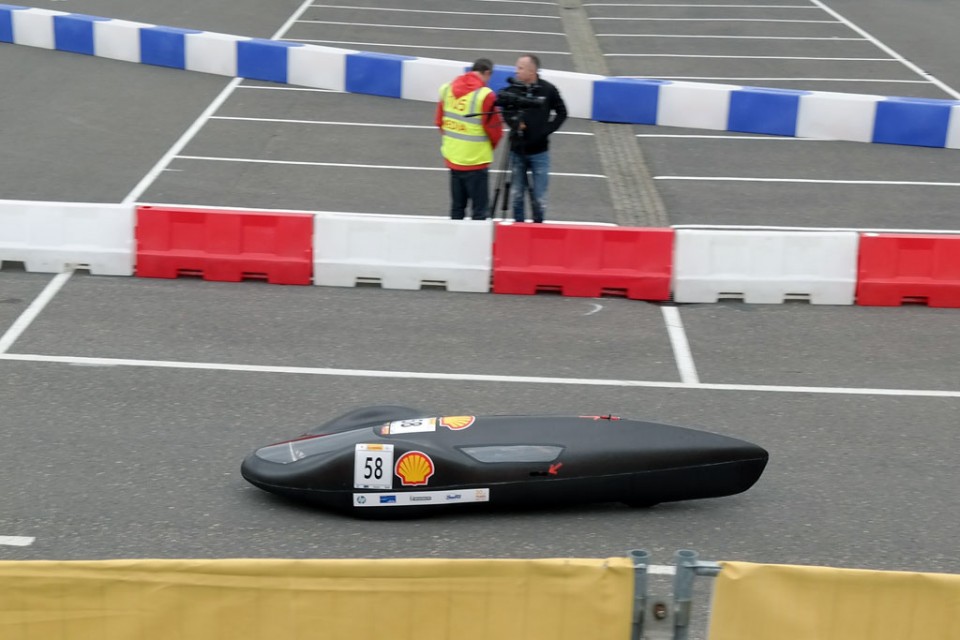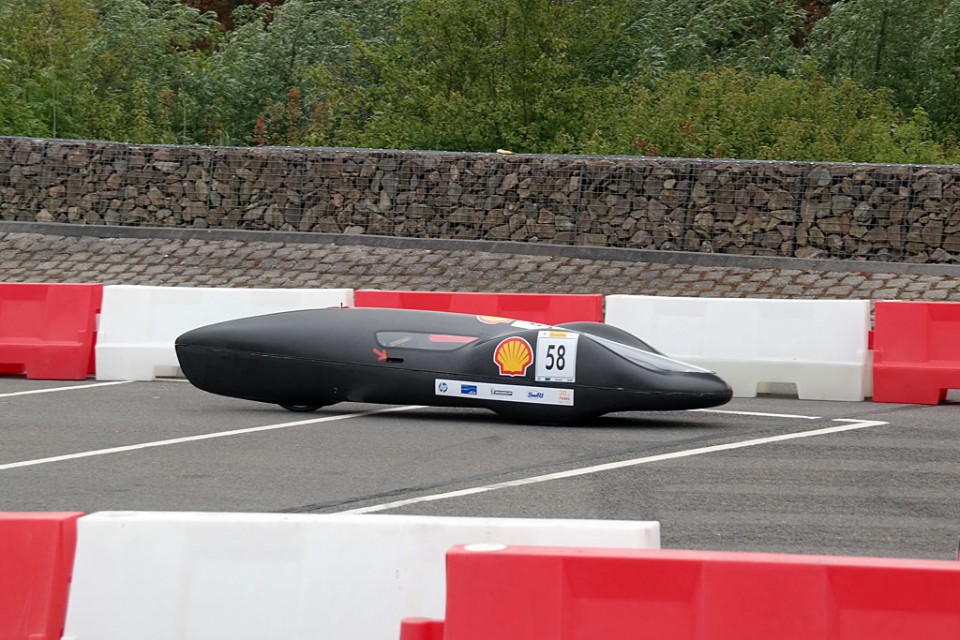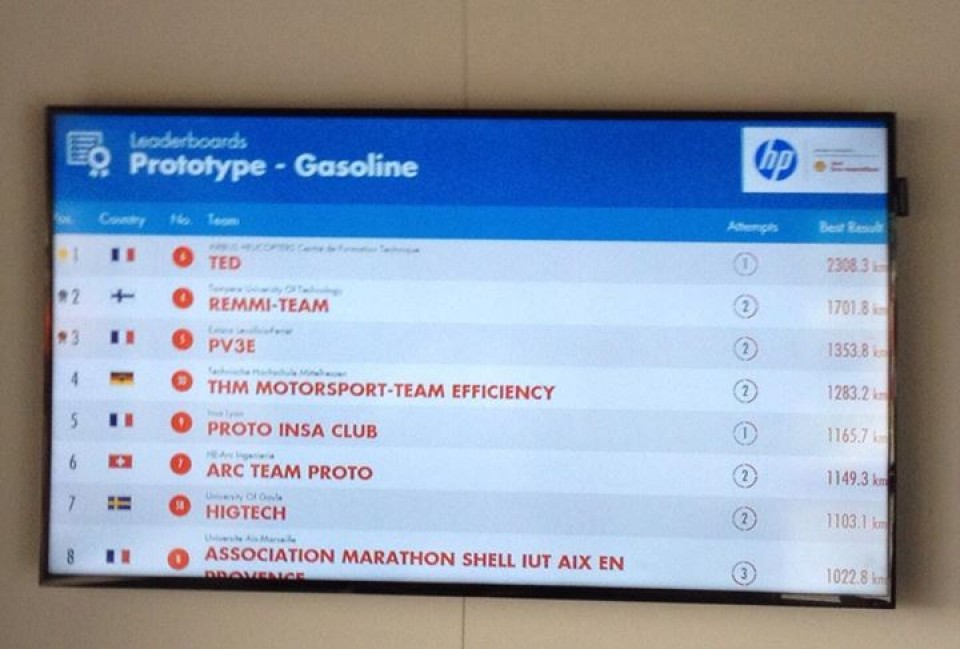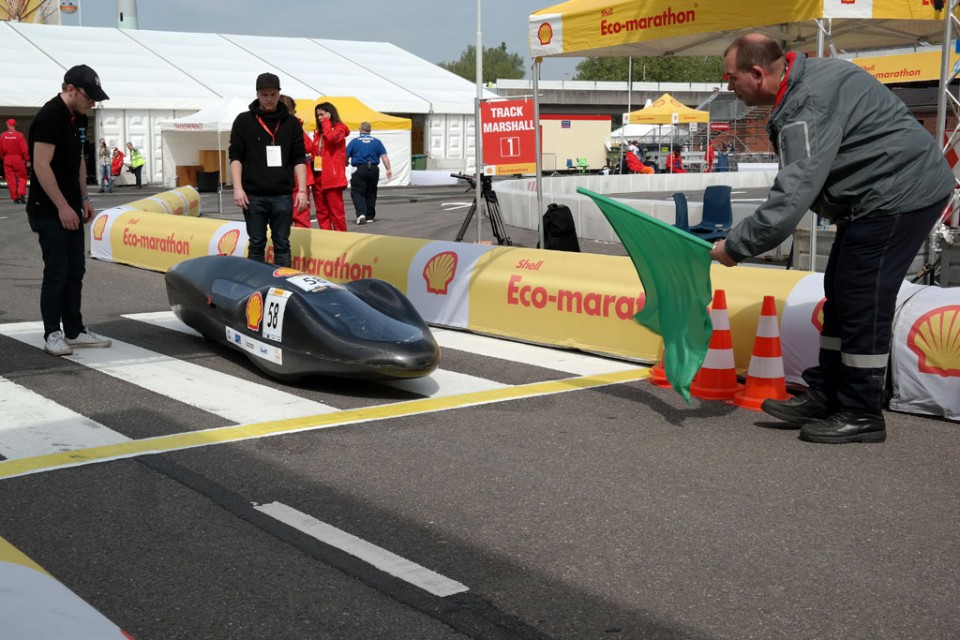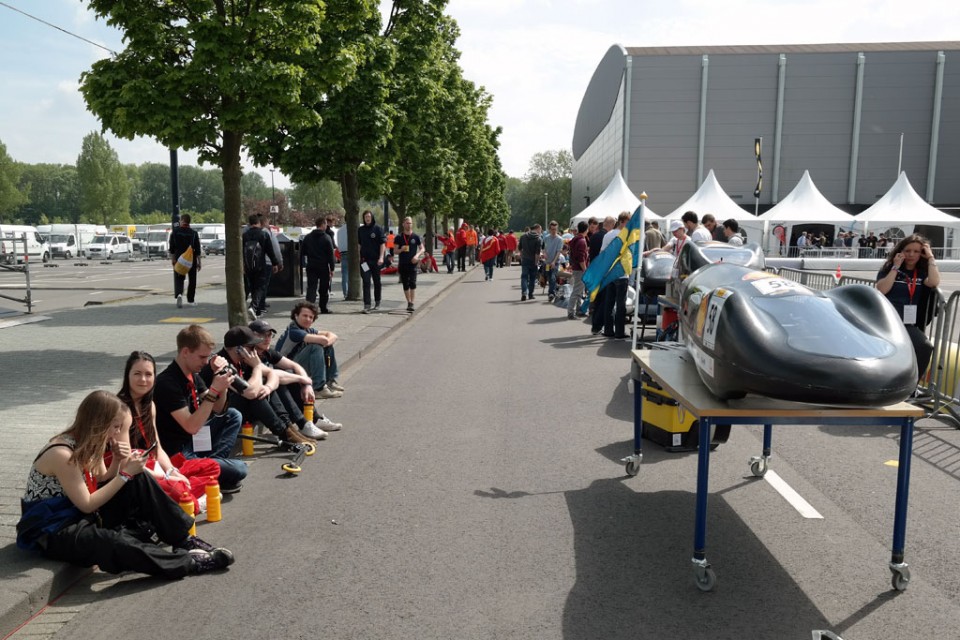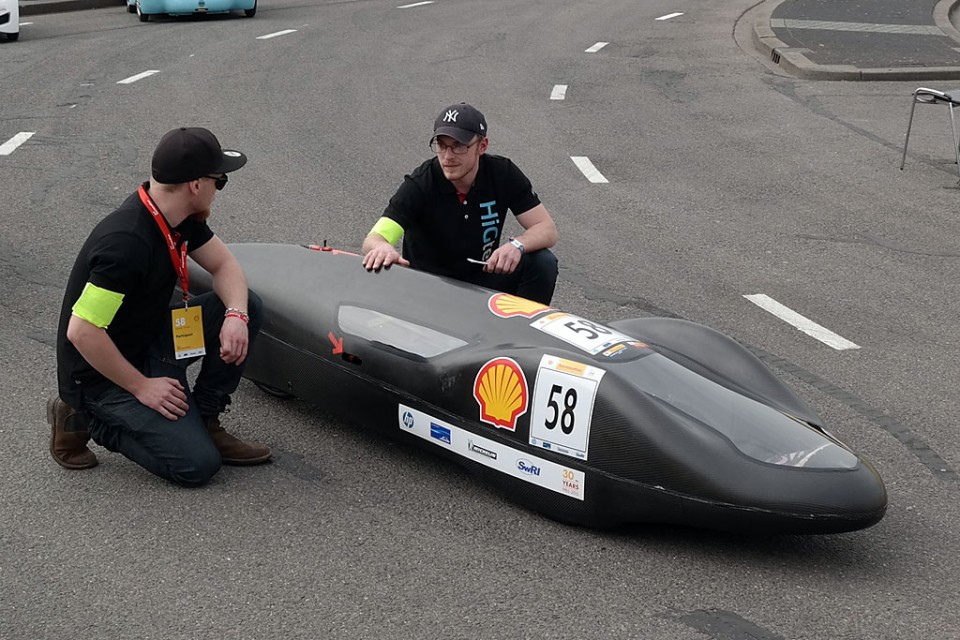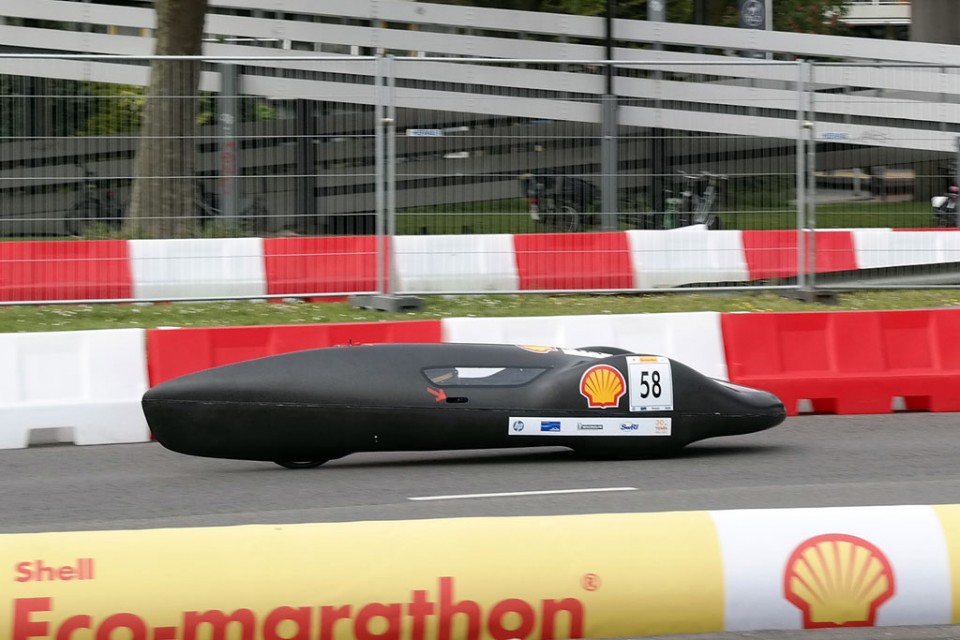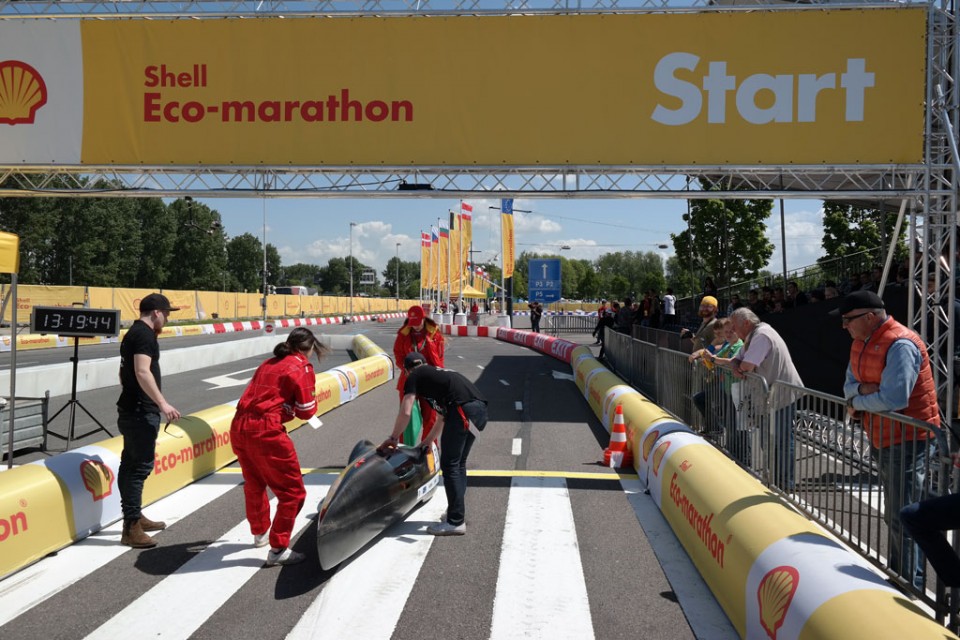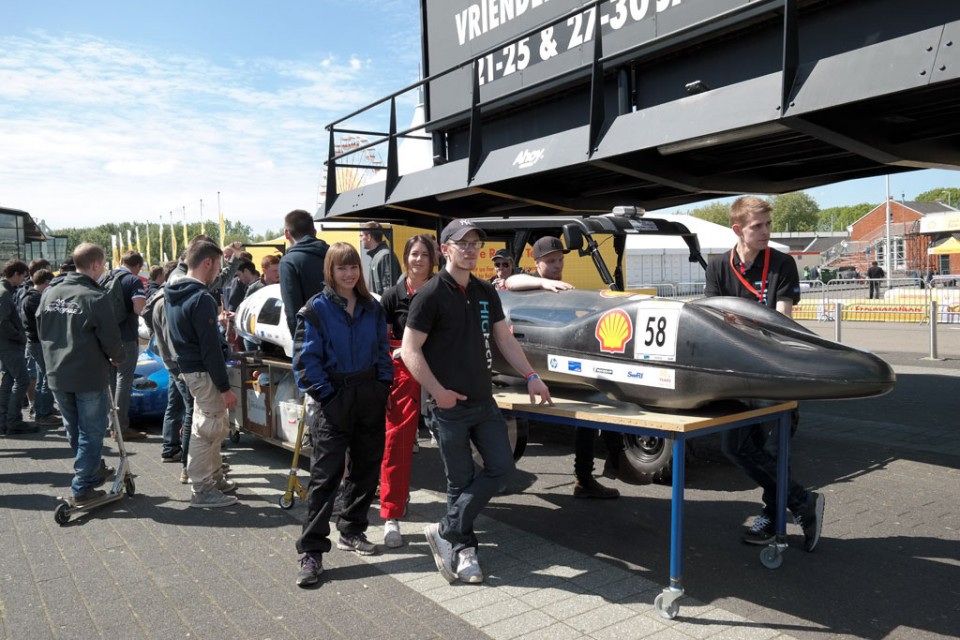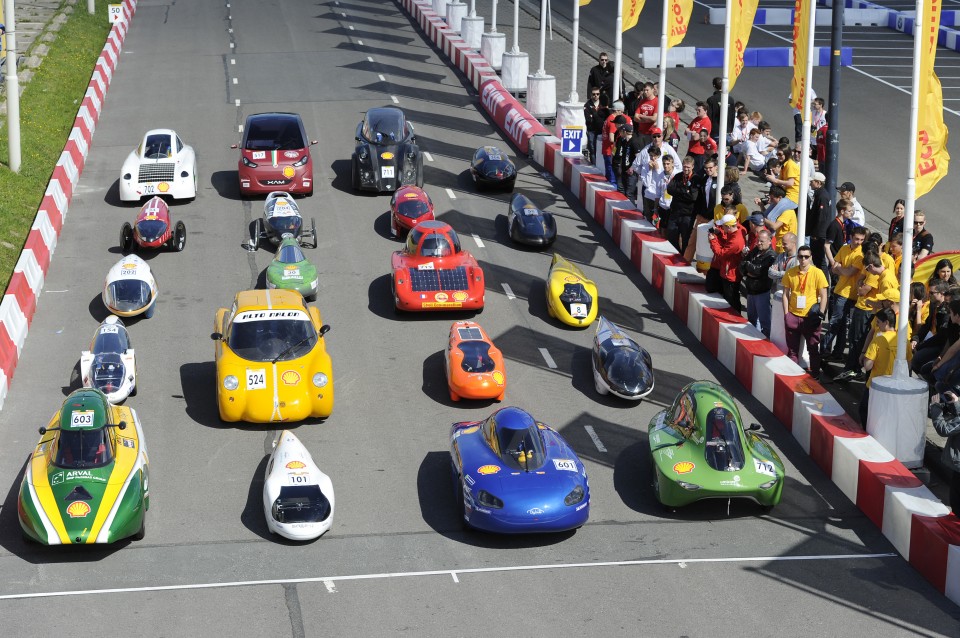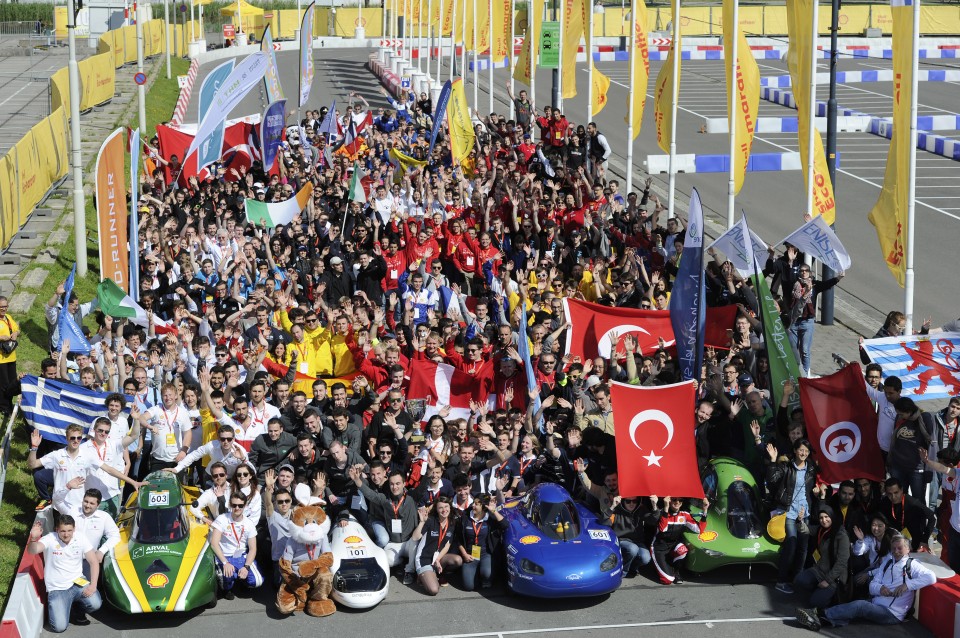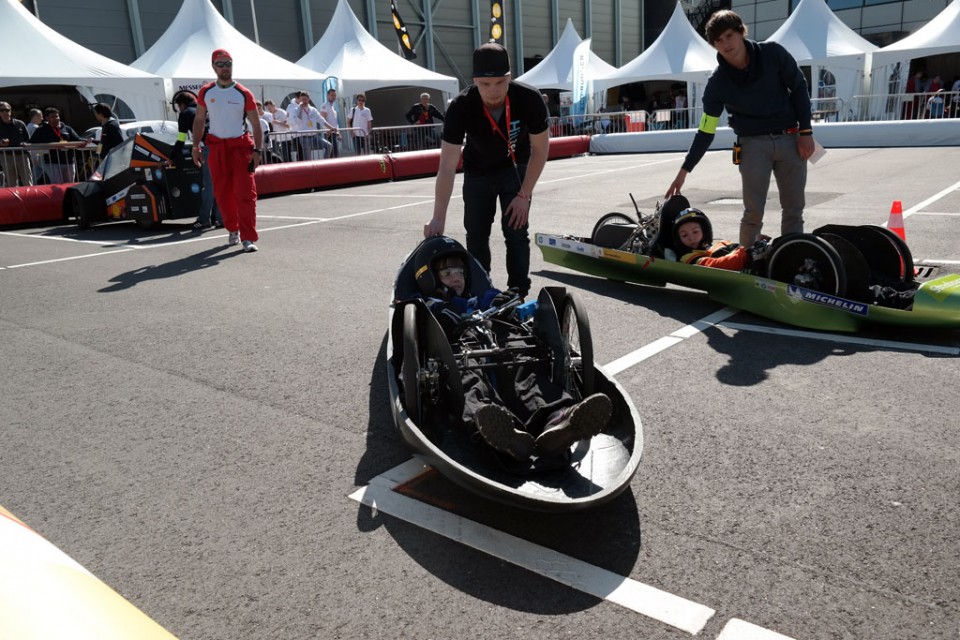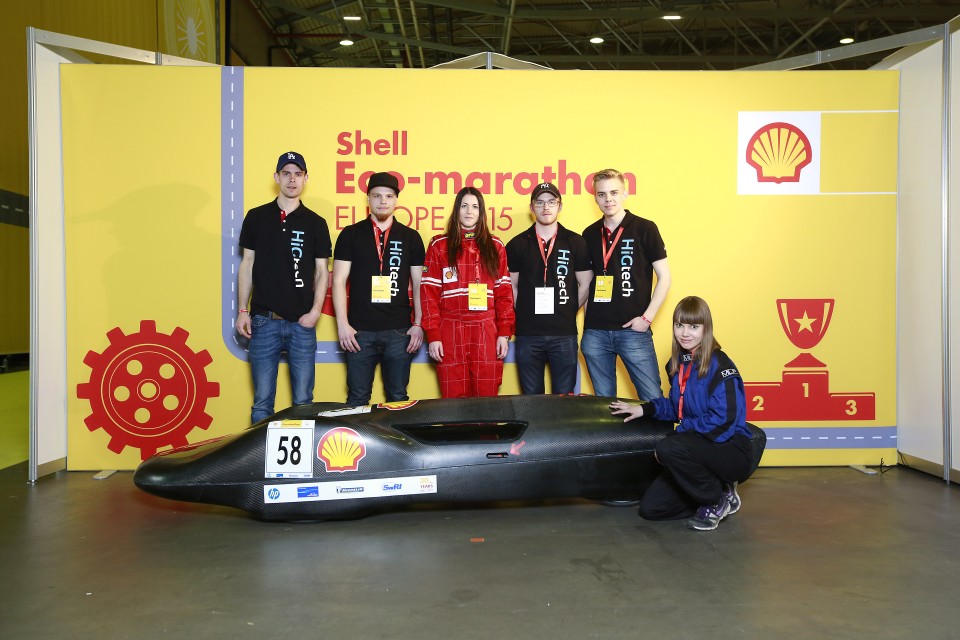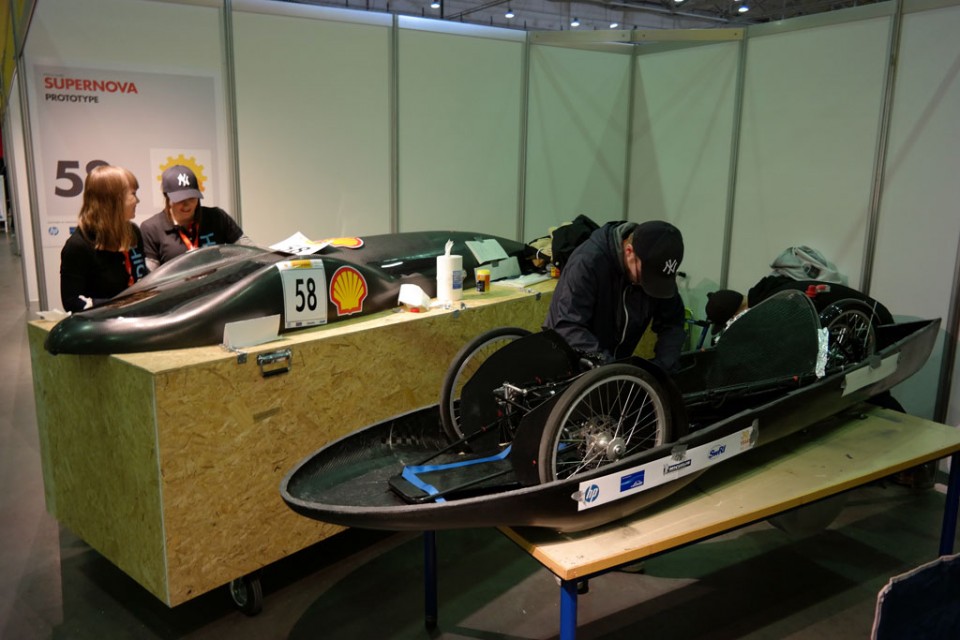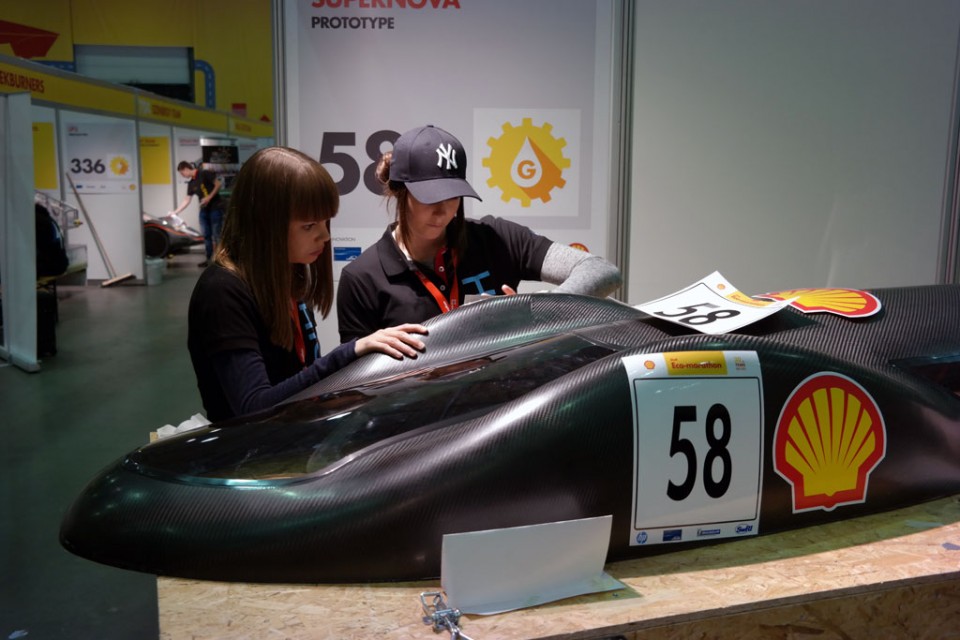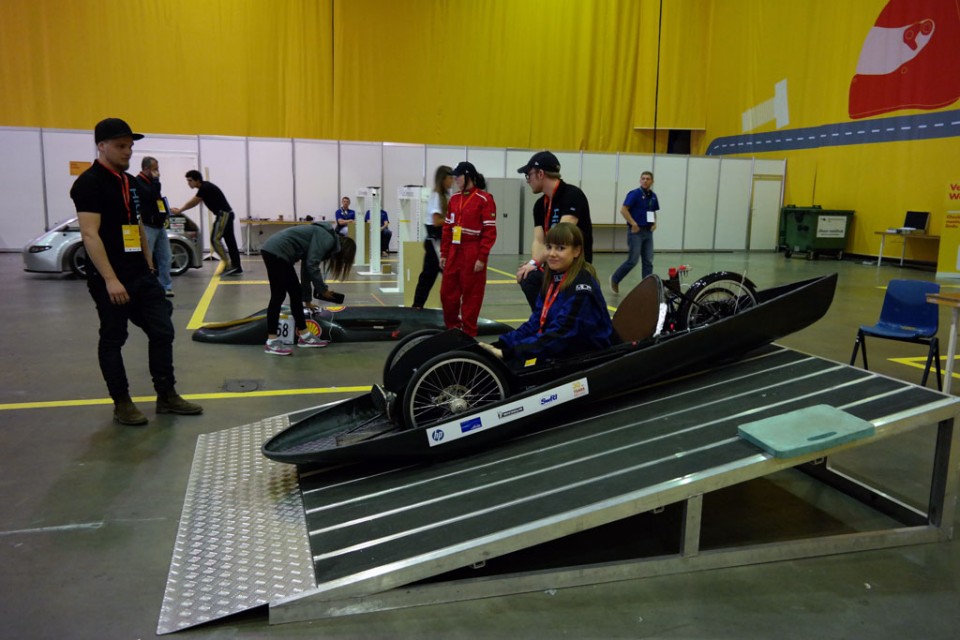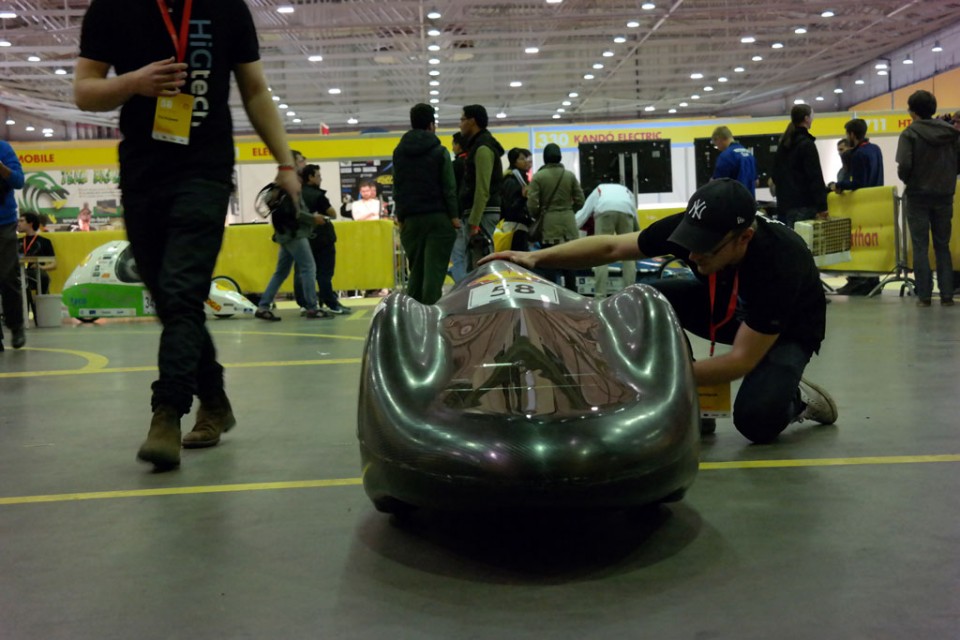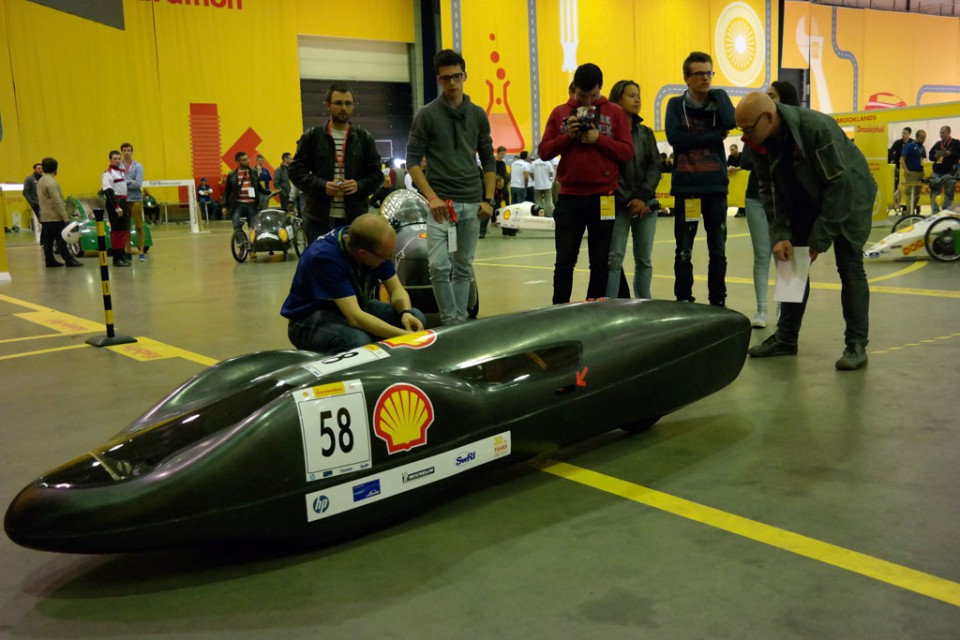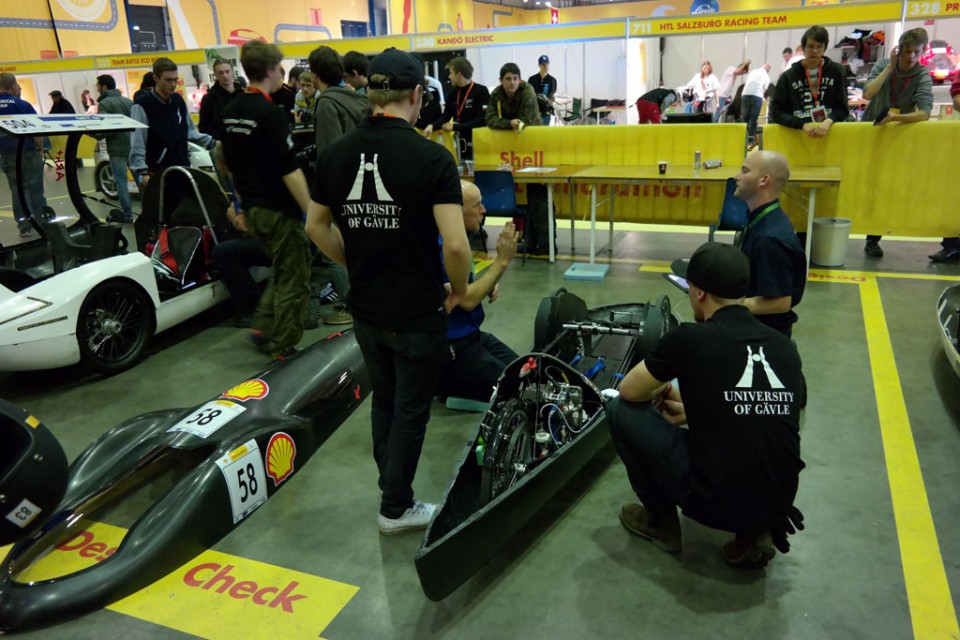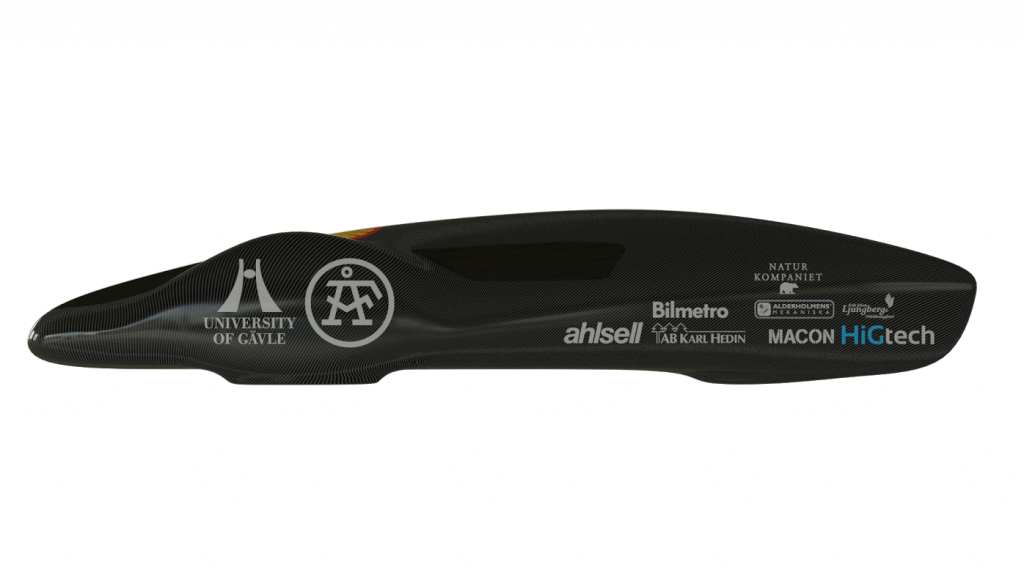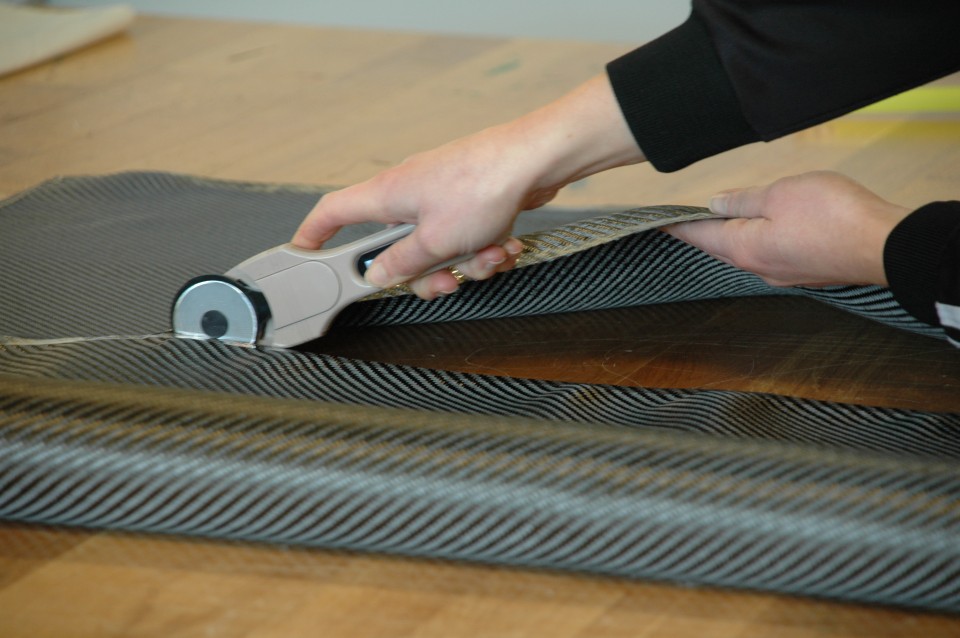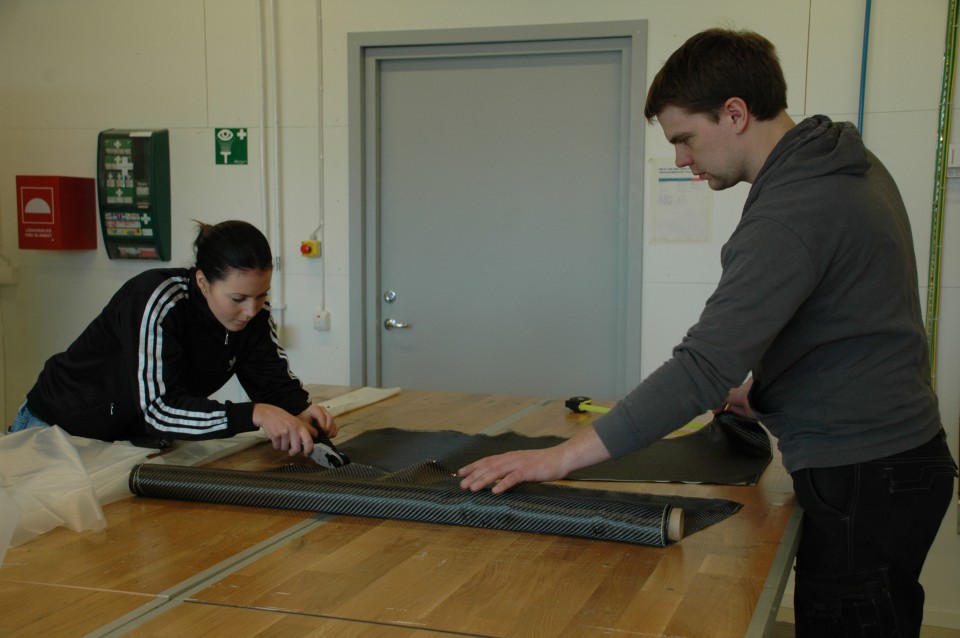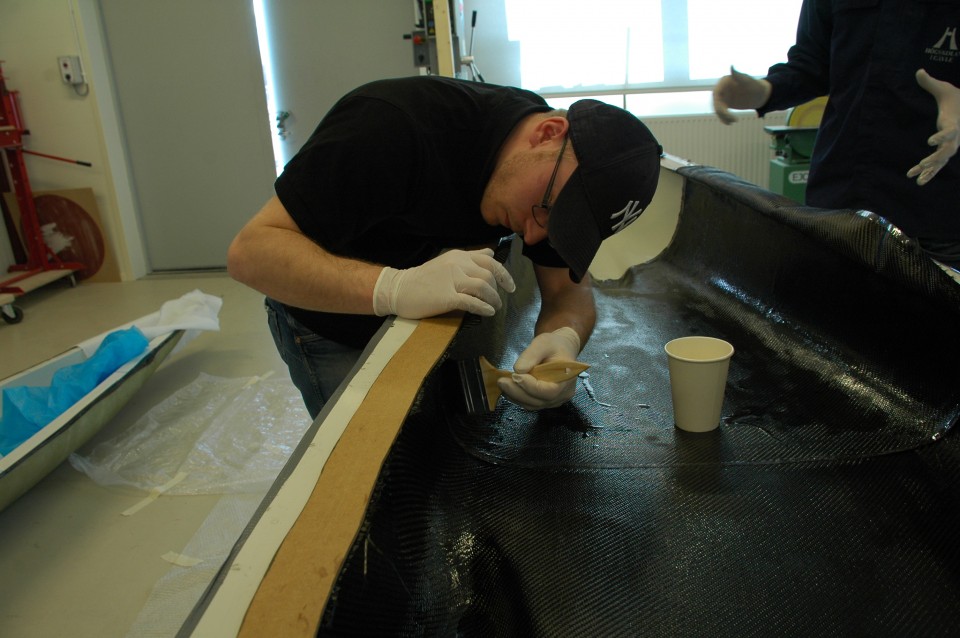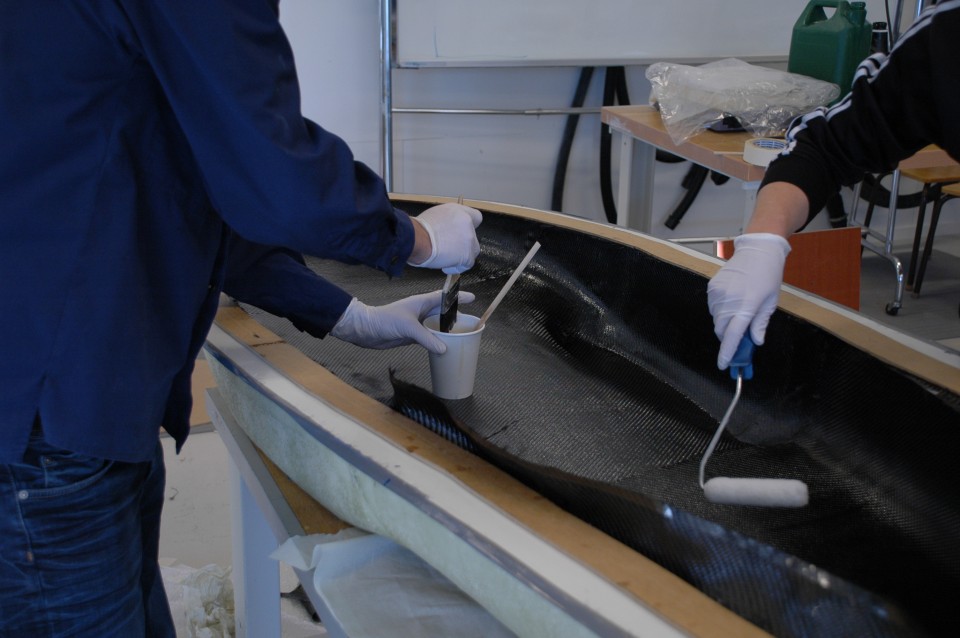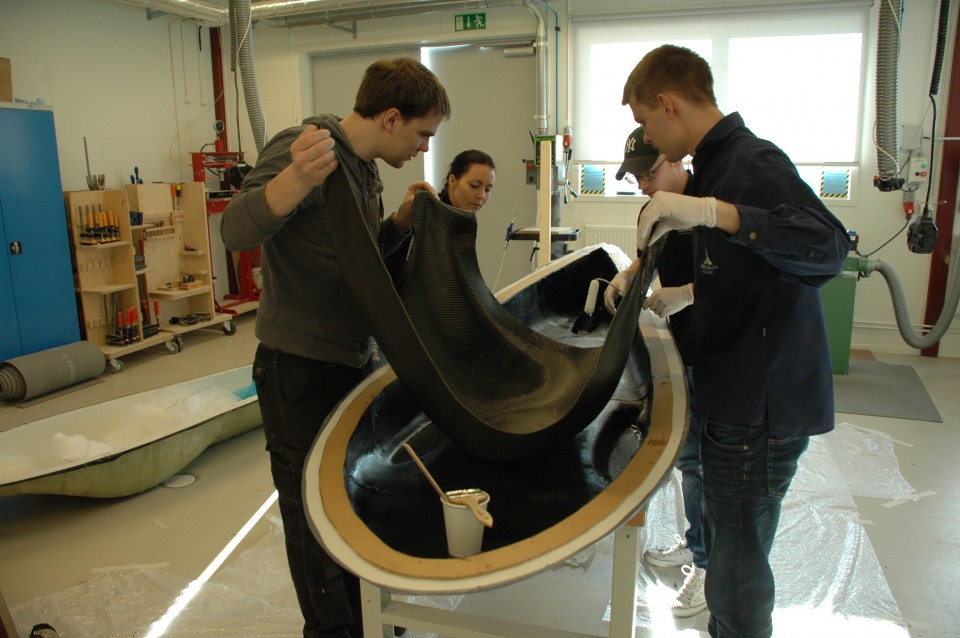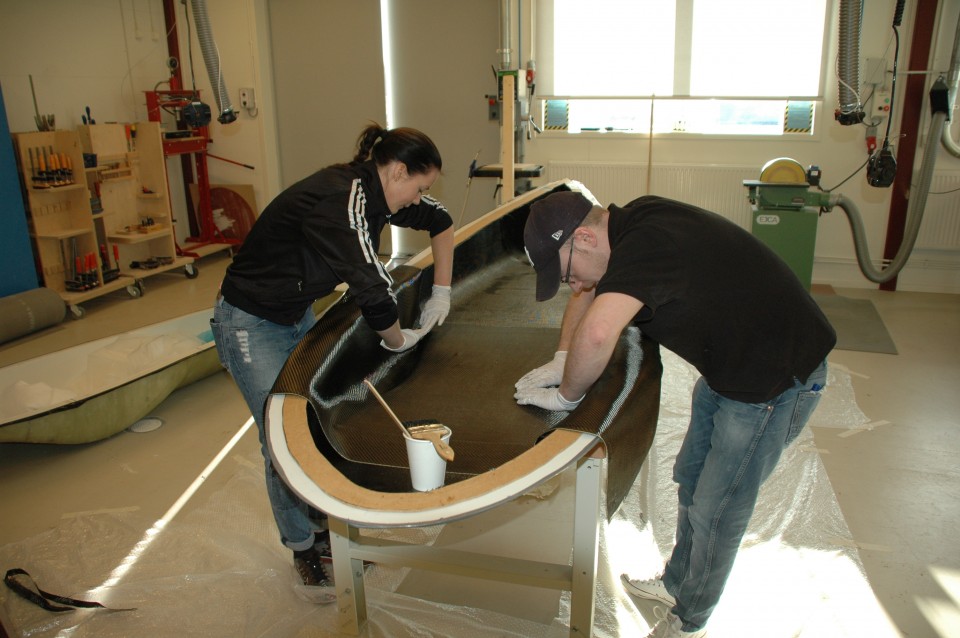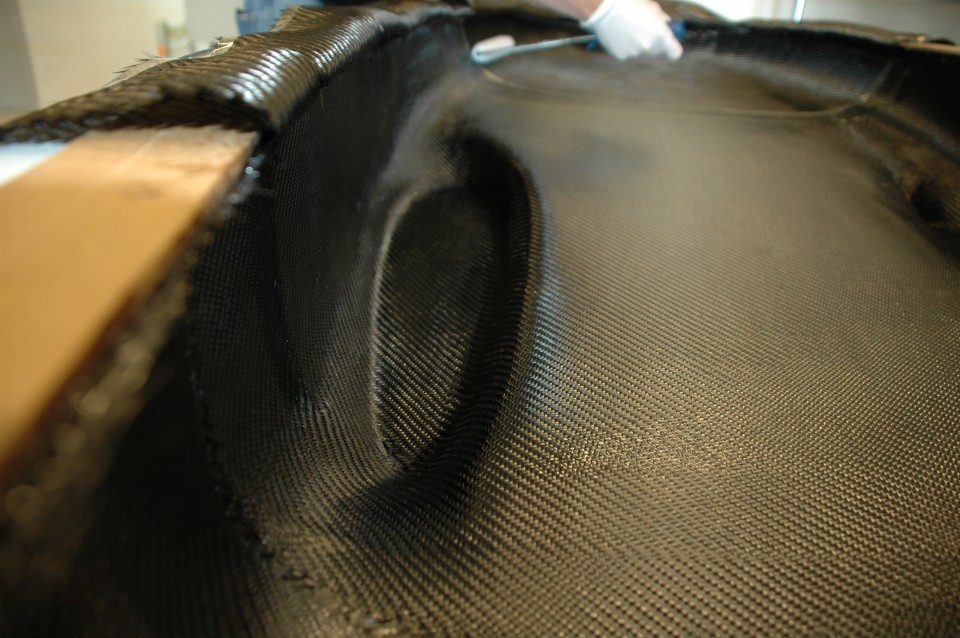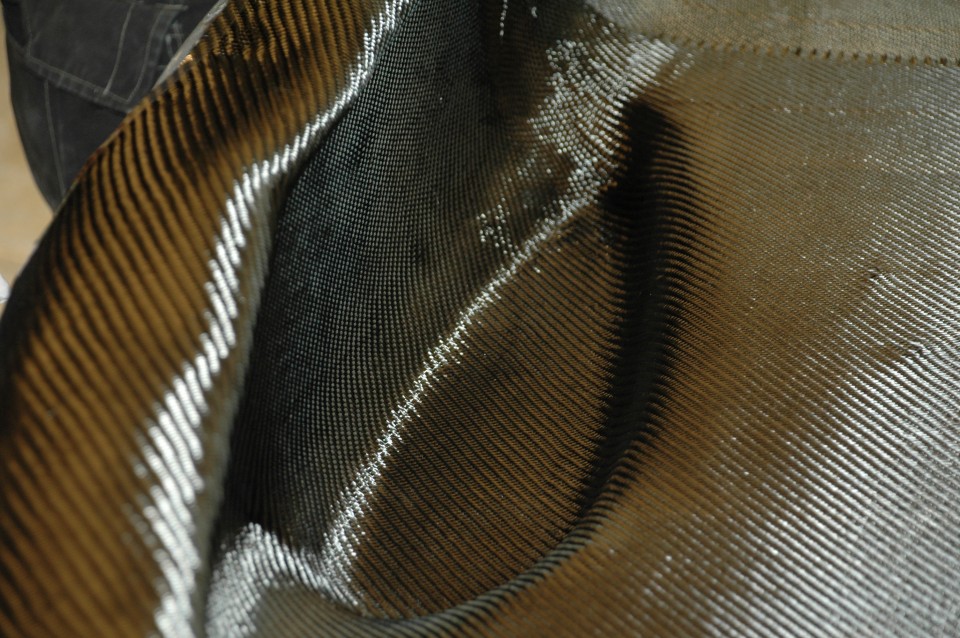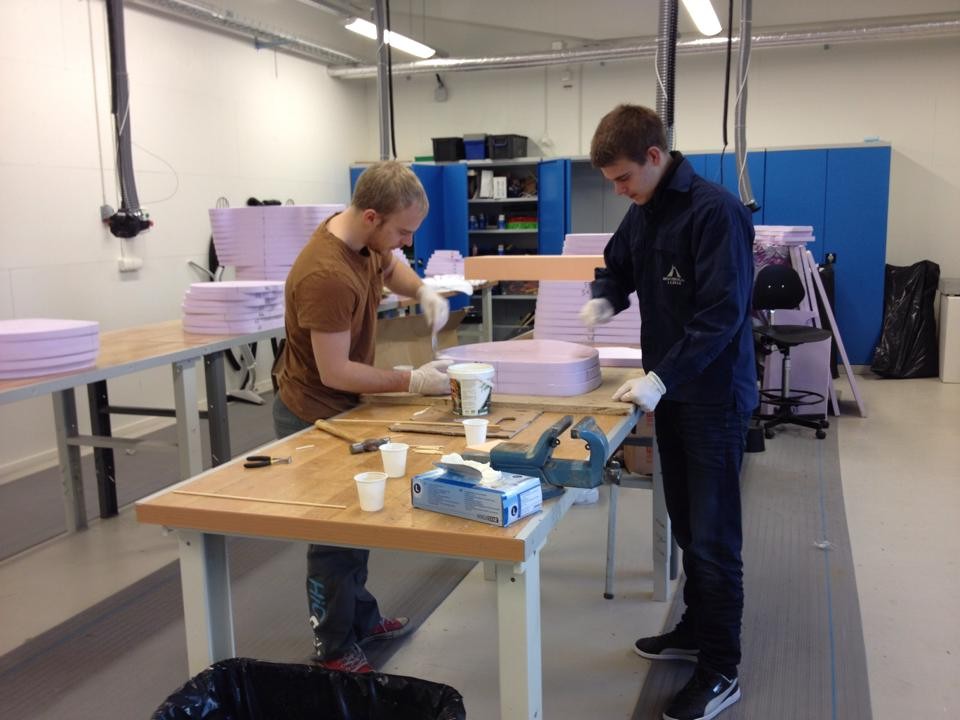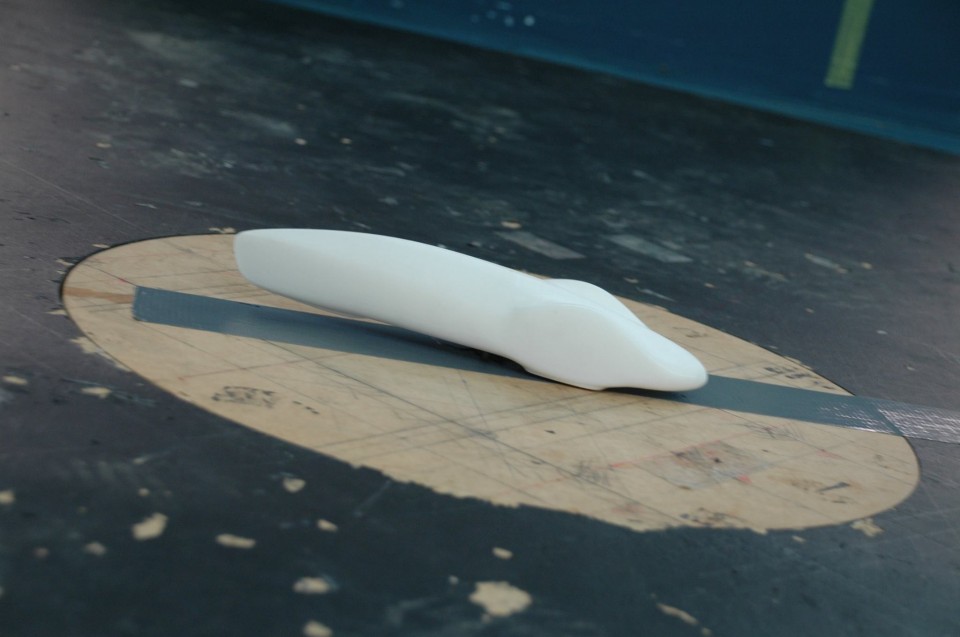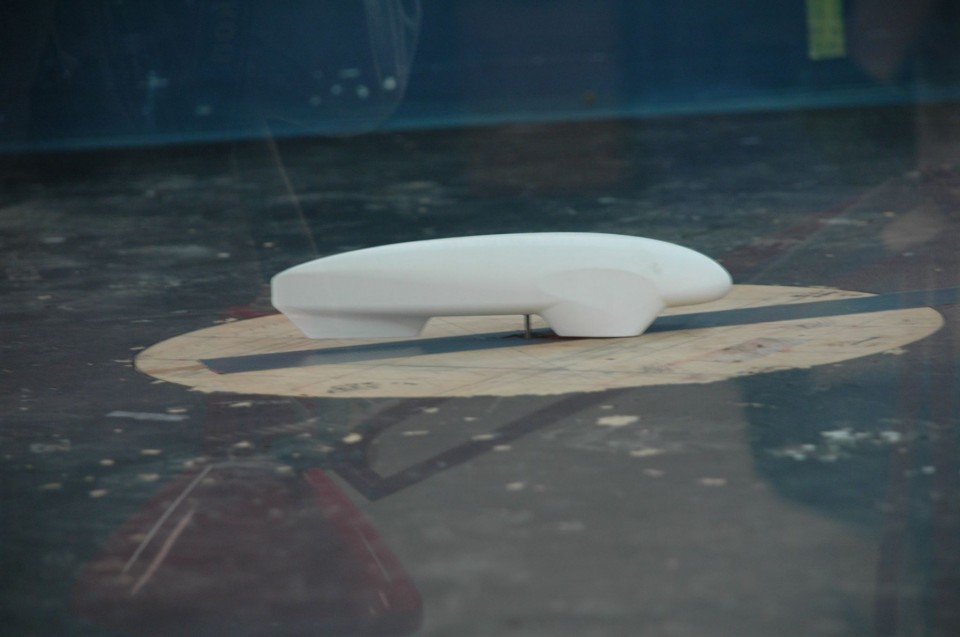SVT Gävleborg visited us at the workshop! The news entry was shown in the regional news and is available below:
HiGtech in media
Team HiGtech’s achievements have been highlighted in media in recent days and we really appreciate it!
Gefle Dagblad has talked to Jonas and written an article that you can find here:
Snålast med bränslet i hela Sverige – från Gävle
Arbetarbladet noticed our achievements in their web-TV “Arbetarbladet i dag,” where they talked to Erik and Jakob. The interview can be found here:
Gävlestudenternas bil gör 130 mil på en liter
Jakob was also interviewed in the local radio channel P4 on tuesday morning.
In addition to this, we have been recognized in the nationwide engineering magazine Ny Teknik, which of course is a milestone for all engineers. The article can be found here:
Gävlestudenternas bil snålast i Sverige
A new Swedish record – 1309,0 km/l!
Team HiGtech is back in Gävle from the competition at Rotterdam. Our final result was 1309,0 km/l gasoline. (Det är cirka 130 mil på en liter bensin!). We finished in sixth place in the competition of 60 competing teams in the class. The result means that team HiGtech now has the Swedish record in fuel efficiency for petrol driven vehicles. We are very satisfied!
1103,1 km/l!
Today we completed our first run and got a result of 1103,1 km/l! (Det är cirka 110 mil på en liter bensin!). The result is an improvement of almost 400 km/l compared to last year, and a new Swedish record on the track here at Rotterdam!
Right now we are really satisfied. We’ll have a nice afternoon with small adjustments on the car, as we are going for another race tomorrow morning.
As you can see in the pictures we are missing stickers from our sponsors. The stickers we took with us to Rotterdam didn’t work, so we take the opportunity to thank our sponsors who made this possible here instead:
University of Gävle
ÅF
Alderholmens Mekaniska
Macon
AB Karl Hedin
Bilmetro
Ahlsell
Naturkompaniet
Breakdown on the first race attempt
Hello HiGtech-fans! Today we were both on the practice session and the race. On the race we made three laps before we had a breakdown. At the moment we are tinkering in the paddock and aiming to race tomorrow again with a better result!
Thursday update
Today, we went for practice at the track twice. Both times we had problems and couldn’t complete the first lap. The problems are now resolved and we have tested the car on a test track afterwards. We also went for Shell Eco Marathon Family Photo as they wanted our car to be one of twenty cars at the photo. Take a look at the slideshow below to see the photos together with photos from the day and the official team photo.
Technical inspection passed!
We arrived to Rotterdam yesterday and the journey went well! Today we fixed a few things before heading for the technical inspection, where we passed without any issues!
Tomorrow we aim to practice at the track. Take a look at some pictures in the slideshow below!
Two days ago, Gefle Dagblad wrote about our work, to read the article, click here.
Presentation of the new bodywork
Today, we presented some pictures of the new bodywork on our Facebook page. The images are rendered 3D CAD images. To see more pictures – Like us on Facebook!
Carbon fibre casting of the new body
As the molds are finished we’ve started to manufacture the new bodywork. This is being done by carbon fibre casting. Carbon fibre is an extremely strong and light material, which in recent years has become the obvious choice when light weight and strength is being prioritized. For example, Formula 1 car bodies are built up of carbon fibre.
The carbon fibre mat is very flexible, making it optimal even for difficult geometries. The carbon fibre mat is supplemented with epoxy as binder, which then is being vacuum bagged to allow the bodywork to harden.
Have a look at the gallery below to see how it works!
Remember to follow us on Facebook, where we give you updates more often!
Wind tunnel tests
Models in 1:10 scale of Nova and our new bodywork has been tested in a wind tunnel.
The test was performed in six different wind speeds between 5.4 m/s and 19.6 m/s. The results indicates a reduction in drag force by 20 percent in a comparison between Nova and the new bodywork.
As the wind speeds are lower relative to the model size, the results are not directly applicable to the full scale model. Though we expect an even greater improvement in the end. The computer simulations which were previously performed helped us achieve a good result.
The work on the plug proceeds and right now slices of the plug are glued together. Take a look in the slideshow below for some pictures of the tests and the progress.


